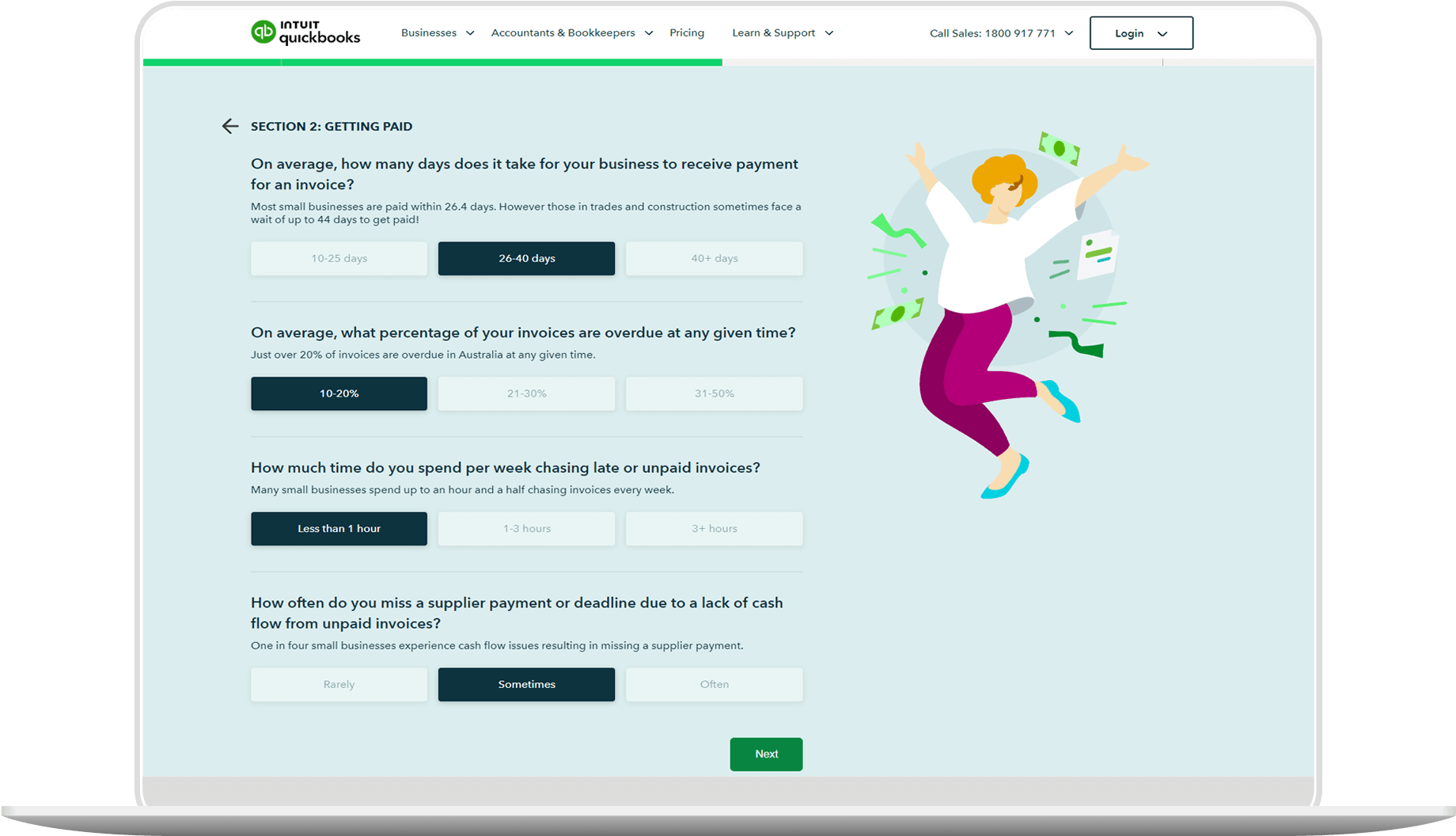Every employer in Australia is legally bound to give a payslip to every employee working in their organisation.
Such a pay slip must be given by the employer within the time limit prescribed for giving the pay slips and for the salary period or periods to which such a payslip relates.
Employers are required to provide a payslip to an employee within 1 working day of pay day, even if an employee is on leave.
So let’s understand what a payslip is, what are the various components of a payslip, and finally, have a look at the payslip template.




















